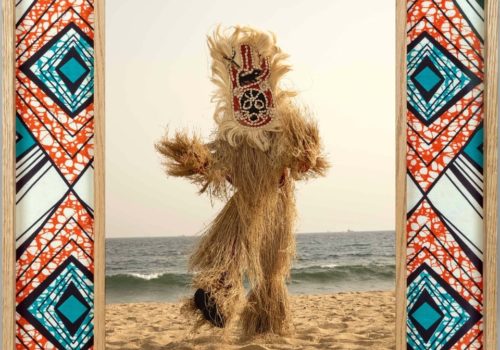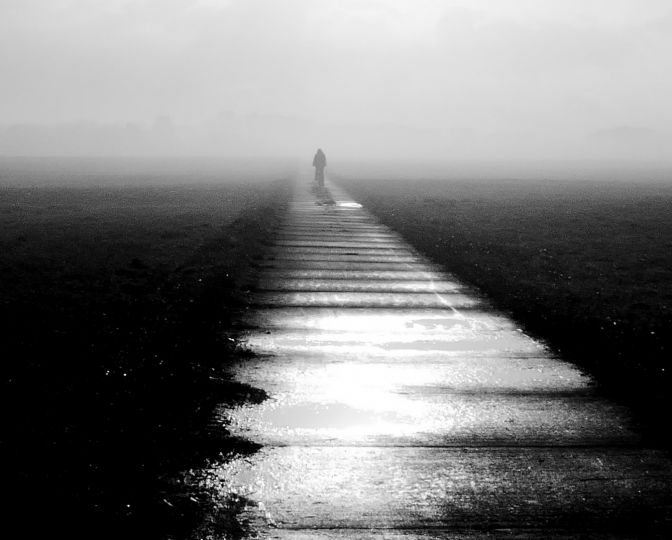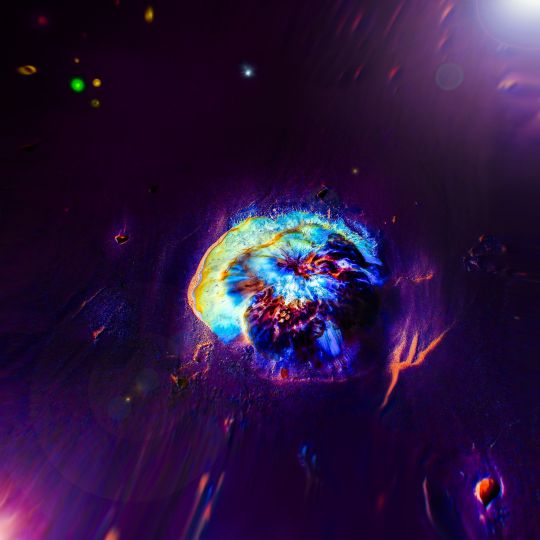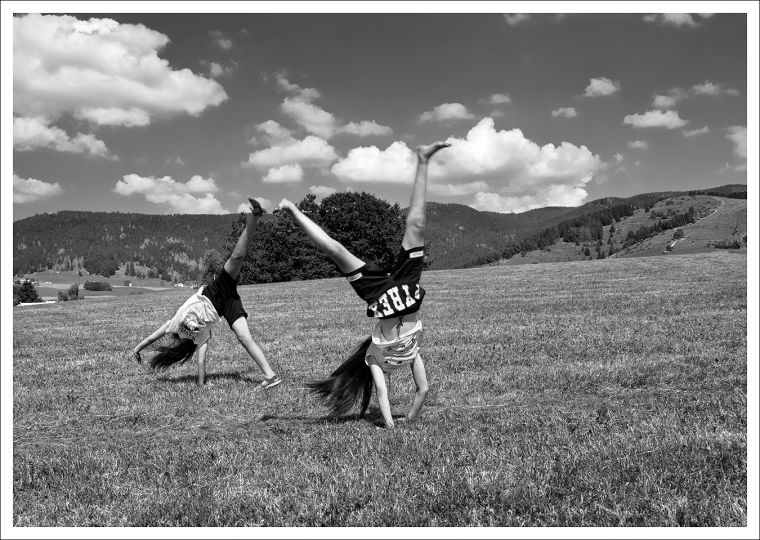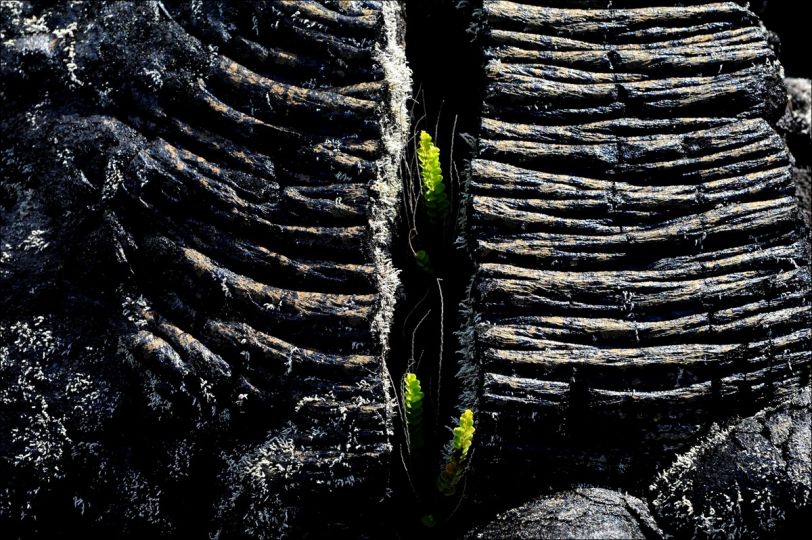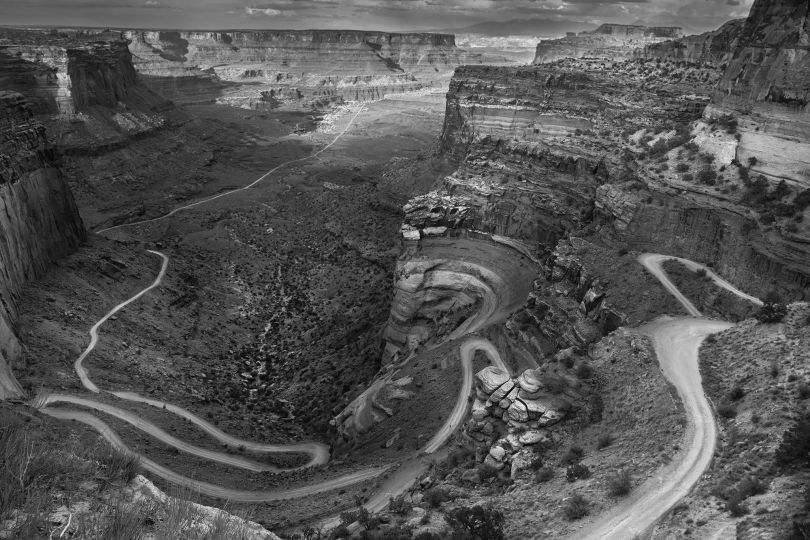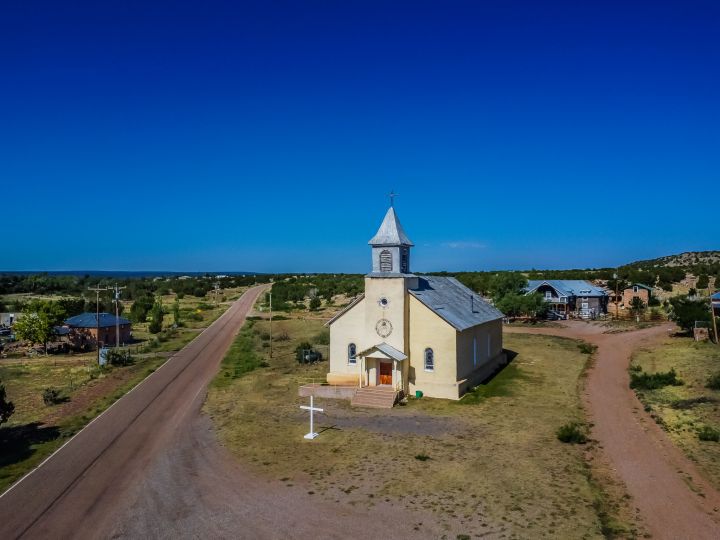In my images I try to escape from any classification of reportage; they show the soul of each subject portrayed and somehow preserve the Memory. Stalls overloaded with animal heads, stones, horns and roots that are mixed with colourful masks or elaborate haystack-like costumes. The bright colours blend into one lively choreography full of hidden meanings.
I fell in love with this world of ancient memory.
A memory with different aspects, different places but as the guiding thread of all my work.
In Western imagery, Voodoo evokes a tribal fascination with ancestral rituals that both intrigues and frightens. The search for an authentic Africa still dense with its primordial origins has led me to search for traces of the oldest religion on Earth, in Togo and Benin, two countries that are little known to landscape and naturalistic tourism but rich in tribal groups that still preserve the legacy of their ancestors. According to Togolese people, Voodoo originated along with Creation and has accompanied man’s evolution since their origins. To be precise, it developed along the Mono river, the natural border between Togo and Benin, and is based on the veneration of nature and ancestors, firmly believing in the coexistence of the living and the dead. The world of the dead is superimposed on that of the living and it is possible to access it by means of spirits, masks, fetishes, rituals and intermediaries of various kinds that constitute the connection with the divinity. Voodoo can therefore be condensed into a messenger of the invisible through which man can contact God, Mahou, and his countless deities or voodoos, such as earth, water, justice, healing and many others. Voodoos are spirits created by God with the task of caring for the vicissitudes of human beings. Each one intervenes in a particular area of human experience through the intercession of priests accompanied by their specific collective rituals. The daily life of these populations is deeply imbued with gestures, amulets, actions, dances, sacrifices and rituals that recall their bond with voodoo. Their skin is marked by tribal belonging; their clothes depict symbols and religious codes; their homes are protected by statues and fetishes; their community life revolves around rituals; their physical health depends on the remedies that the priests suggest them, and the fear of right or wrong guides their actions.
Some individuals have the gift of trance through which spirits can reveal and express themselves and are able to predict the future. Many trance states or many masks, such as the Ghelede, have educational functions and promote moral attitudes. Just as some fetishes are able to transfer painful punishments to those who have behaved badly or acted incorrectly.
I will never forget the emotion I felt the first time I saw an Egun mask. We were in a small village in the heart of Benin, the humid heat was suffocating, excitement and curiosity had created a certain anxiety, suddenly a colourful and sparkling figure appeared illuminated by a powerful light as only the African sun can be. It was really difficult for me to concentrate and start photographing, so much so was the fascination I was feeling from these ritual masks.
According to the voodoo belief these masks are animated by the spirits of the ancestors who, thanks to these transitory bodies, can communicate with their families by giving advice and guidance. As a good photographer, a maniac of aesthetics, I approached to fix a piece of clothing and was kindly reminded that you can’t touch spirits: it could be fatal!
This link with the memory of ancestors has aroused in me the desire to immerse myself in this world and has allowed me to add a stage in my artistic journey along with the reflection on the theme of memory. This is why I decided to accompany the photographic portraits with local fabrics, so rich in symbolic shapes and colours that reinforce a story that originates with the genesis of the world.
Bruno Cattani
www.brunocattani.it
@bruno.cattani

